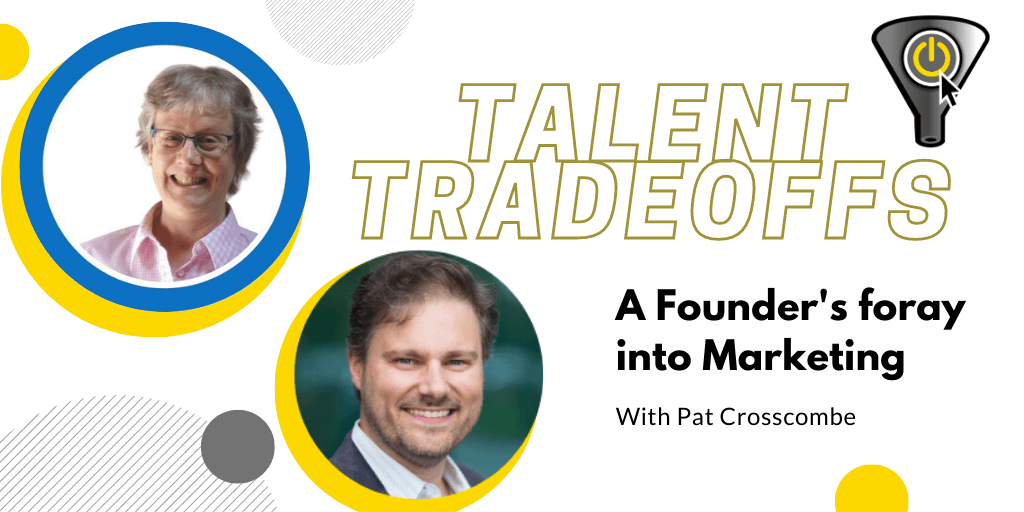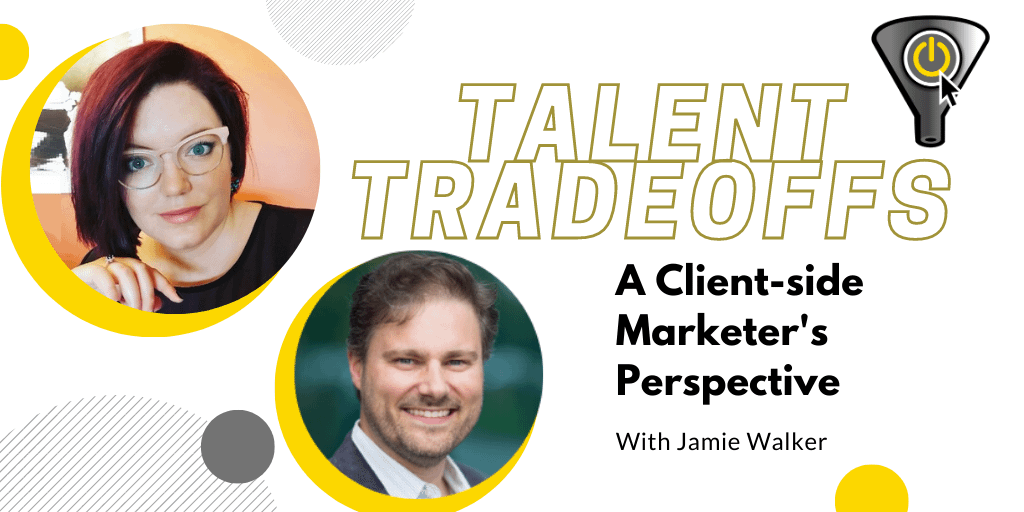This is part of a series on how to structure a growth team, in particular the marketing resources that generate sales leads. Every resourcing model along the in-house to outsourced spectrum was covered in the four-part series, with each guest giving their take from their respective position as an internal or external resource. Their views are here in these episodes as well as in a webinar hosted by the agency behind this podcast, Marketing What’s New. To hear the full panel’s answers on which in-house or outsourced model is right for your company, go watch the recording on the Marketing What’s New site – it’s ungated.
This episode talks with Ryan Paul Gibson, the head of Content Lift in Ottawa, Canada. He’s also a producer of short films and documentaries, and previously worked as a reporter for CBC Ottawa.
Ryan’s key points:
- How much a fractional marketer can be accountable for meeting objectives and target numbers, as long as they are involved in setting the inputs behind the programs that make those outcomes happen.
- How technologies like SaaS tools have evolved the marketing function to being more receptive to outsourced marketers.
- The fact that connecting/disconnecting with a consultant is relatively easy, compared to in-house staff
- The analogy he uses to capture both parties, likening your company to a large ship and h’s the little tugboat that ensure the large ship stays on the right trajectory.
- The stages of growth when it makes sense for a company to bring on fractional resources. Also how the CMO-level consultant can draw up the playbook, execute on some of it AND train junior staff to continue executing on it after they’re done.
A 2019 HR study found that:
- The average tenure of full-time employees, who make up 2/3rds of the workforce, has declined from 4 years to 3.
- The average tenure of Outsourced contractors, who make up 1/3rd of the workforce, is 2 years and rising.
Episode Reboot
Other points by Ryan of the Future of Fractional Resources




